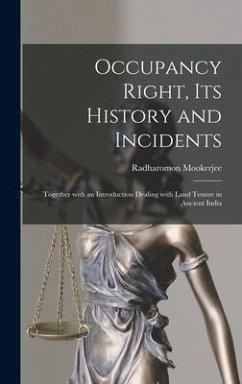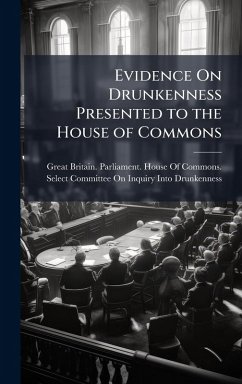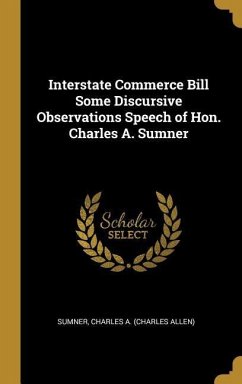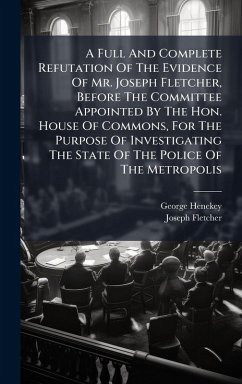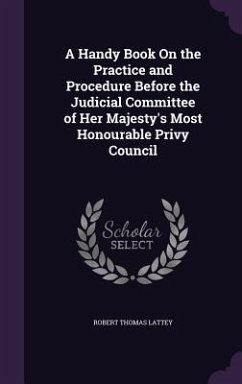
Magna Charta, The Bill Of Rights, With The Petition Of Right, Presented To Charles I By The Lords And Commons, Together With His Majesty's Answer, And The Coronation Oath
Versandkostenfrei!
Versandfertig in über 4 Wochen
26,99 €
inkl. MwSt.
Weitere Ausgaben:

PAYBACK Punkte
13 °P sammeln!
This volume brings together three foundational documents in the history of English and Western law: the Magna Carta, the Bill of Rights, and the Petition of Right. These documents represent key milestones in the struggle for individual liberties and the limitation of royal power. The Magna Carta, originally issued in 1215, established principles of due process and the rule of law. The Bill of Rights, enacted in 1689, further enshrined parliamentary supremacy and protected fundamental rights. The Petition of Right, presented to Charles I in 1628, asserted rights against arbitrary imprisonment a...
This volume brings together three foundational documents in the history of English and Western law: the Magna Carta, the Bill of Rights, and the Petition of Right. These documents represent key milestones in the struggle for individual liberties and the limitation of royal power. The Magna Carta, originally issued in 1215, established principles of due process and the rule of law. The Bill of Rights, enacted in 1689, further enshrined parliamentary supremacy and protected fundamental rights. The Petition of Right, presented to Charles I in 1628, asserted rights against arbitrary imprisonment and taxation without parliamentary consent, leading to a clash between the Crown and Parliament. This edition also includes Charles I's response to the Petition, along with the Coronation Oath. These documents remain relevant today as touchstones of constitutionalism and continue to inspire movements for justice and freedom around the world. This collection offers invaluable insights into the historical development of legal and political thought. This work has been selected by scholars as being culturally important, and is part of the knowledge base of civilization as we know it. This work was reproduced from the original artifact, and remains as true to the original work as possible. Therefore, you will see the original copyright references, library stamps (as most of these works have been housed in our most important libraries around the world), and other notations in the work. This work is in the public domain in the United States of America, and possibly other nations. Within the United States, you may freely copy and distribute this work, as no entity (individual or corporate) has a copyright on the body of the work. As a reproduction of a historical artifact, this work may contain missing or blurred pages, poor pictures, errant marks, etc. Scholars believe, and we concur, that this work is important enough to be preserved, reproduced, and made generally available to the public. We appreciate your support of the preservation process, and thank you for being an important part of keeping this knowledge alive and relevant.



![The Statutes at Large: From the Magna Charta, to the End of the Eleventh Parliament of Great Britain, Anno 1761 [Continued to 1807]; Volume 7 Cover The Statutes at Large: From the Magna Charta, to the End of the Eleventh Parliament of Great Britain, Anno 1761 [Continued to 1807]; Volume 7](https://bilder.buecher.de/produkte/71/71610/71610409n.jpg)

